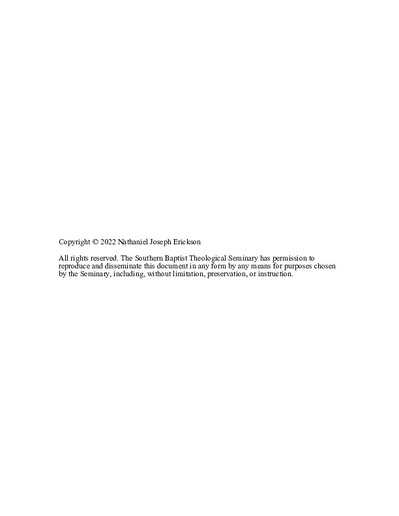Information Structure and Constituent Order in EIMI + Participle (Periphrasis) Constructions: A Test Case in the Pseudepigrapha and Apostolic Fathers
Abstract
In this study, I carry out a conceptual replication study of Stephen Levinsohn’s recent approach to copula + participle constructions (“periphrasis”) on a corpus of texts from the Apostolic Fathers and Pseudepigrapha. Levinsohn argues that in the Synoptic Gospels and Acts the constituent order of all such constructions can be described by the same information structure (IS) principles, regardless of whether they are periphrastic or not, casting doubt on the traditional category of periphrasis. They all behave as though they are a copula with an embedded participial clause and the variations in constituent order are describable on the same pragmatic principles as seen operating in normal clauses. By examining all the cases in my corpus where a periphrastic form is obligatory in the Greek verbal system, I note that constituent order variation pervades periphrastic constructions, substantiating Levinsohn’s IS analysis and demonstrating the need for attending to constituent order in describing copula + participle constructions. Having validated the theoretical concerns animating Levinsohn’s approach to Greek as implemented in Levinsohn’s functional analysis, I analyze its explanatory power in my corpus. I test Levinsohn’s IS constituent order claims over all the copula + participle constructions in my corpus. I conclude that Levinsohn’s model of constituent order in copula + participle constructions is adequate for describing the constituent order of this corpus of Koine Greek texts. This demonstrates that the same pragmatic principles which lie behind normal Greek clauses also explain constituent order in copula + participle clauses, suggesting that the copula is the main clause and the participial clause is an embedded clause. As such, analyzing periphrastics in terms of Topic and Focus and other IS categories must be included in grammatical and exegetical considerations of these constructions. Further, the pragmatic motivation for constituent order challenges the assumption that “periphrasis” has achieved a high level of grammaticalization in Koine Greek.
Finally, I consider the way that these pragmatic patterns are implemented in sentences with copula + participle clauses, drawing on Klaas Bentein’s prototype-based model of periphrasis and grammaticalization theory. Whatever distinct semantic or grammaticalization features lead a writer to select a copula + participle, once selected it opens up the possibility of pragmatic ordering in both the main copular clause and the participial clause. Periphrastic constructions in Greek are more sensitive to the IS constituent order patterns which allow for pragmatically motivated constituent order variations than the grammaticalization-driven tendency for the copula and participle to remain adjacent to each other.

